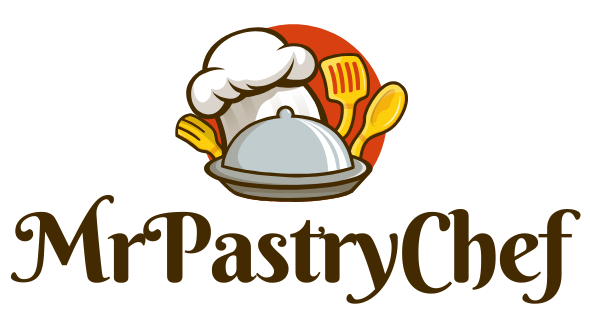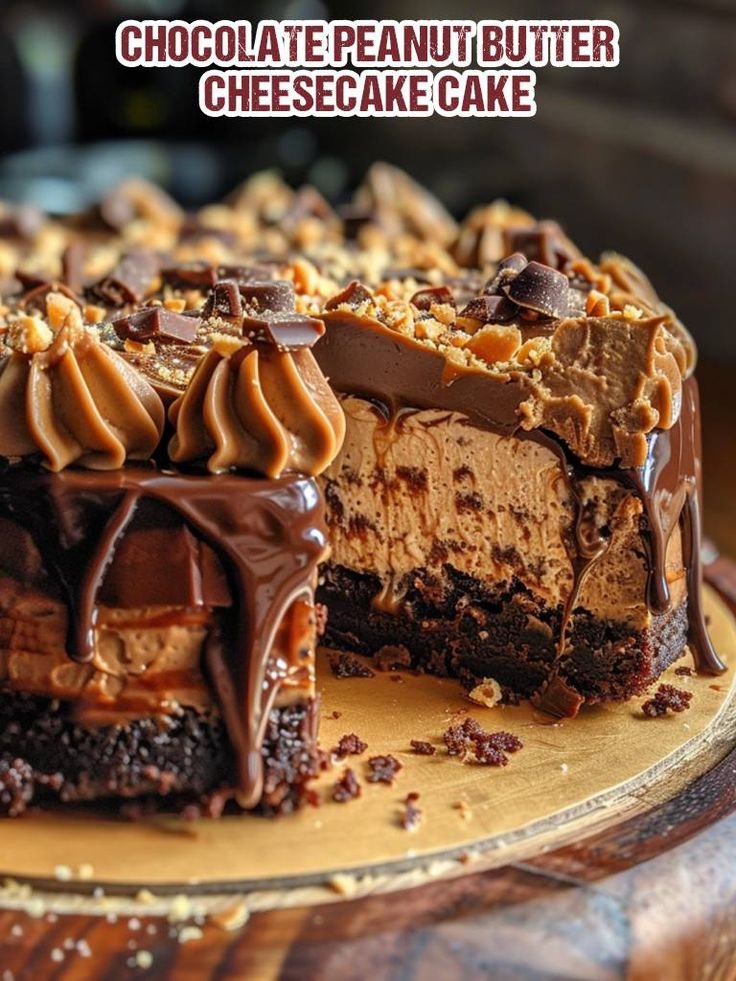If you’re a fan of the classic flavor combo of chocolate and peanut butter, then the Chocolate Peanut Butter Cheesecake is about to become your new favorite dessert. This rich and creamy cheesecake perfectly balances the deep, indulgent taste of chocolate with the nutty, slightly salty flavor of peanut butter.
Whether you’re making it for a special occasion or just because you deserve a treat, this dessert is sure to satisfy your sweet tooth and impress your guests. The smooth, velvety texture of the cheesecake combined with a crunchy crust and luscious peanut butter swirl makes every bite irresistible.
Plus, it’s surprisingly easy to make at home, even if you’re not an expert baker. Ready to indulge in a slice of heaven? Let’s dive into this Chocolate Peanut Butter Cheesecake recipe that’s both decadent and comforting in every bite.
Ingredients
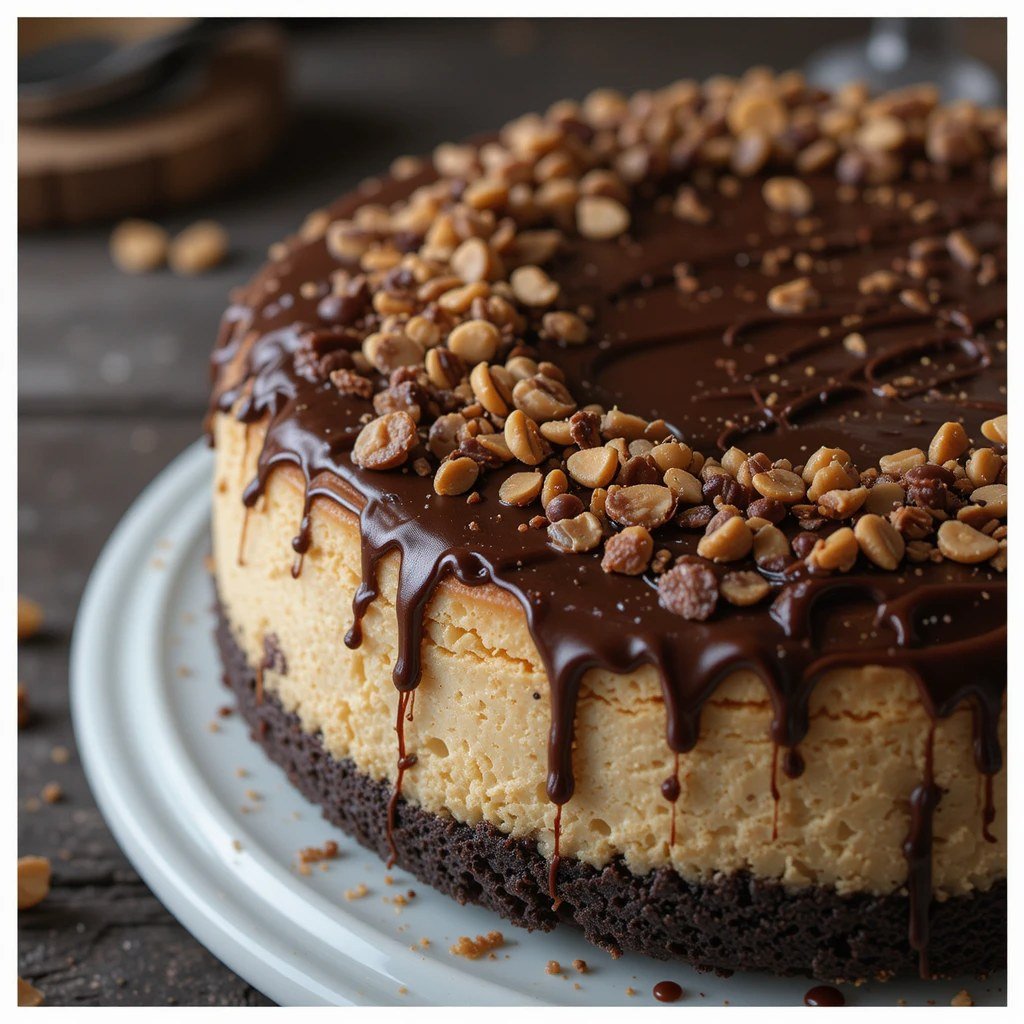
Creating a delicious Chocolate Peanut Butter Cheesecake starts with gathering the right ingredients. Each component plays a vital role in achieving the perfect balance of creamy texture, rich chocolate flavor, and nutty peanut butter goodness. Below, you’ll find a breakdown of the key ingredients you’ll need, along with some helpful tips to ensure your cheesecake turns out perfectly every time.
Cream Cheese
The star of any cheesecake is cream cheese, and this recipe is no exception. You’ll want to use full-fat cream cheese for the best texture and flavor. Low-fat or whipped versions won’t give you that rich, creamy consistency that makes cheesecake so irresistible. Make sure your cream cheese is softened to room temperature before mixing to avoid lumps and ensure smooth blending.
Peanut Butter
For that signature peanut butter flavor, you can choose either smooth or crunchy peanut butter, depending on your texture preference. Smooth peanut butter creates a silky swirl throughout the cheesecake, while crunchy peanut butter adds a pleasant nutty crunch in every bite. Use natural peanut butter without added sugar or oils for a more authentic taste, or stick with your favorite brand if you prefer something sweeter.
Chocolate
This cheesecake combines two types of chocolate: unsweetened cocoa powder and melted semi-sweet or bittersweet chocolate. The cocoa powder adds a deep chocolate flavor without extra sweetness, while the melted chocolate enriches the batter with a silky texture and intense chocolate aroma. Using high-quality chocolate will elevate your cheesecake to a whole new level.
Sugar
Granulated sugar sweetens the cheesecake while balancing the rich flavors of cream cheese and peanut butter. Some recipes also call for a small amount of brown sugar to add a subtle molasses note, enhancing the overall depth of flavor.
Eggs
Eggs provide the structure that holds your cheesecake together while contributing to its creamy texture. Use large eggs at room temperature to help everything blend smoothly.
Crust Ingredients
For the crust, graham cracker crumbs mixed with melted butter create a crunchy, buttery base that complements the creamy filling. You can also add a little sugar or cinnamon to the crust mixture for an extra touch of flavor.
Optional Additions
Vanilla extract enhances all the flavors in the cheesecake, bringing warmth and depth, while a pinch of salt balances sweetness and intensifies the chocolate and peanut butter notes.
Equipment Needed
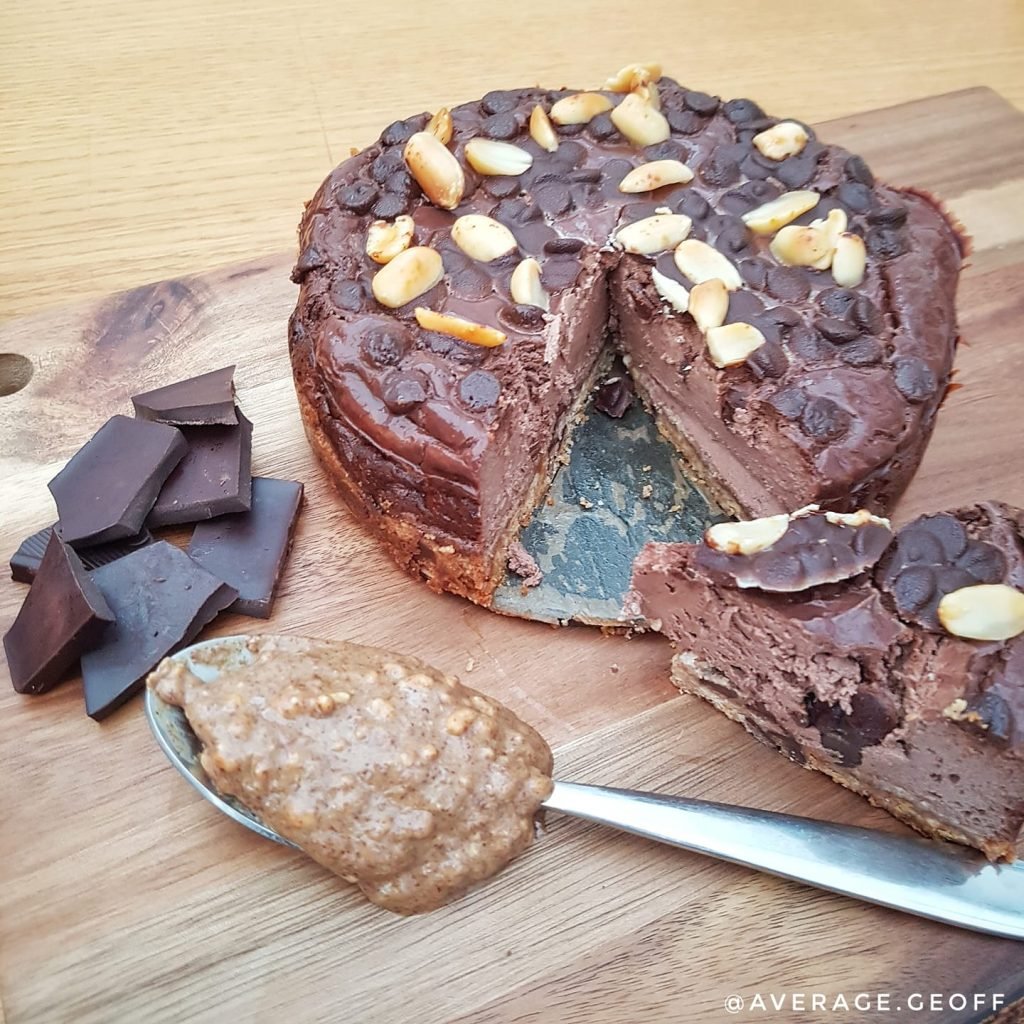
Before diving into making your Chocolate Peanut Butter Cheesecake, it’s important to have the right equipment on hand. Using the proper tools not only makes the process easier but also helps ensure your cheesecake turns out perfectly smooth, creamy, and beautifully presented. Here’s a detailed rundown of the essential equipment you’ll need.
Springform Pan
A springform pan is a game-changer when baking cheesecakes. Its removable sides allow you to release the cake easily without damaging the delicate edges or top. For this recipe, an 8- or 9-inch springform pan works best, giving you a thick, creamy cheesecake with enough space for the rich chocolate and peanut butter layers. Make sure to grease the pan well or line the bottom with parchment paper to prevent sticking.
Mixing Bowls
You’ll need a few mixing bowls of various sizes to combine ingredients separately—one for your cream cheese and sugar, another for eggs and peanut butter, and a third for dry ingredients like cocoa powder and graham cracker crumbs. Using multiple bowls helps keep your process organized and ensures even mixing.
Electric Mixer or Stand Mixer
An electric hand mixer or a stand mixer with a paddle attachment is ideal for beating the cream cheese until it’s perfectly smooth and lump-free. These tools make it easier to incorporate the sugar, eggs, and peanut butter into a creamy, velvety batter. If you don’t have an electric mixer, a sturdy whisk and some elbow grease will work, but expect a bit more effort and longer mixing time.
Measuring Cups and Spoons
Accurate measurements are crucial when baking cheesecake, so make sure you have a good set of measuring cups and spoons. Precise amounts of sugar, flour, cocoa, and liquids help achieve the perfect balance of flavors and the right texture.
Spatula and Rubber Scraper
A flexible rubber spatula is essential for folding ingredients together gently and scraping down the sides of bowls to avoid waste. It’s also great for spreading the batter evenly in your pan.
Baking Sheet or Roasting Pan
While not always necessary, a water bath can help prevent cracks in your cheesecake by providing gentle, even heat. If you choose to use one, place your springform pan inside a larger baking sheet or roasting pan filled halfway with hot water. This setup keeps the cheesecake moist and helps it bake evenly.
Step-by-Step Instructions
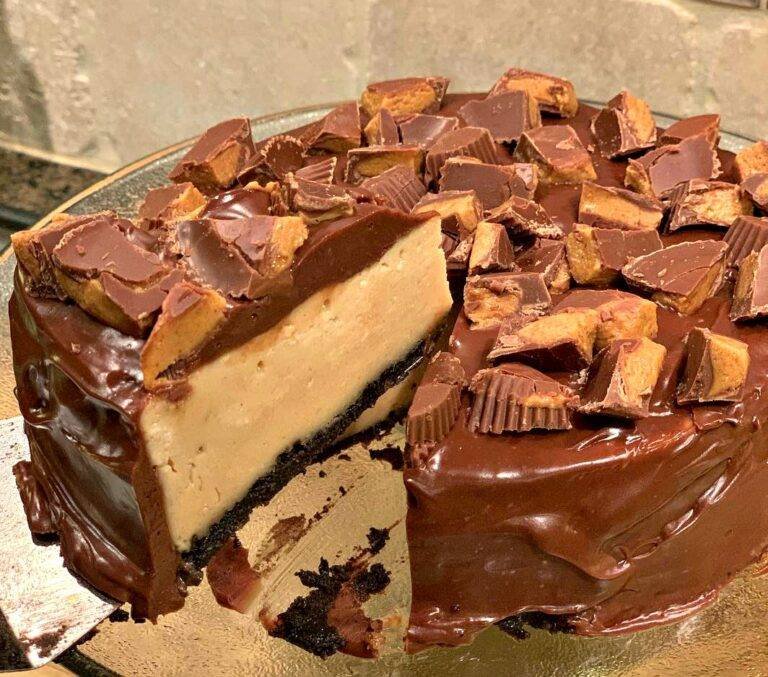
Making a Chocolate Peanut Butter Cheesecake may seem intimidating, but with the right steps, it’s easier than you think. Follow this detailed guide to bake a rich, creamy, and perfectly balanced cheesecake that will impress everyone. Let’s dive into the process, step by step.
Step 1: Prepare the Crust
Start by preheating your oven to 325°F (163°C). Begin with the crust, which provides a crunchy, buttery base to complement the creamy filling. In a mixing bowl, combine about 1 ½ cups of graham cracker crumbs with ¼ cup of melted butter and 2 tablespoons of sugar. Mix until the crumbs are evenly coated and resemble wet sand.
Press this mixture firmly into the bottom of your greased 8- or 9-inch springform pan. Use the back of a spoon or the bottom of a glass to create an even, compact layer. Bake the crust for 10 minutes, then remove it from the oven and let it cool slightly while you prepare the filling.
Step 2: Beat the Cream Cheese and Sugar
In a large bowl, add 24 ounces (3 packages) of softened cream cheese and 1 cup of granulated sugar. Using an electric mixer or stand mixer fitted with a paddle attachment, beat the cream cheese and sugar on medium speed until the mixture is smooth and creamy, with no lumps. This step is crucial for a silky cheesecake texture.
Step 3: Add the Peanut Butter
Next, add 1 cup of smooth or crunchy peanut butter to the cream cheese mixture. Continue beating on medium speed until fully combined. The peanut butter will add that rich, nutty flavor that pairs perfectly with the chocolate.
Step 4: Incorporate the Eggs
Add eggs one at a time, beating well after each addition. Use large eggs at room temperature for the best results. This gradual incorporation helps maintain a smooth batter without overmixing, which can cause cracks during baking. Stop mixing once the eggs are fully blended in.
Step 5: Mix in the Chocolate
Melt 6 ounces of semi-sweet or bittersweet chocolate using a double boiler or microwave in short bursts, stirring frequently. Allow the melted chocolate to cool slightly, then pour it into the batter. Beat gently on low speed until the chocolate is fully incorporated, creating a luscious, rich chocolate layer in the cheesecake.
Step 6: Add Cocoa Powder, Vanilla, and Salt
Sift ¼ cup of unsweetened cocoa powder into the batter to deepen the chocolate flavor. Add 1 teaspoon of vanilla extract and a pinch of salt to enhance all the flavors. Mix on low speed until everything is just combined. Avoid overmixing to keep the cheesecake light and creamy.
Step 7: Pour and Smooth the Batter
Pour the cheesecake batter over the cooled crust in your springform pan. Use a spatula to spread the batter evenly, smoothing the top. Tap the pan gently on the counter to release any air bubbles.
Step 8: Bake the Cheesecake
Place the springform pan on a baking sheet and bake in the preheated oven for about 55-65 minutes. The edges should be set, but the center will still have a slight wobble when you gently shake the pan. Avoid overbaking, as it can dry out the cheesecake.
Step 9: Cool and Chill
Turn off the oven and leave the cheesecake inside with the door slightly open for about an hour. This gradual cooling prevents cracks. Then, remove the cheesecake and let it cool completely at room temperature before refrigerating.
Tips for Best Results
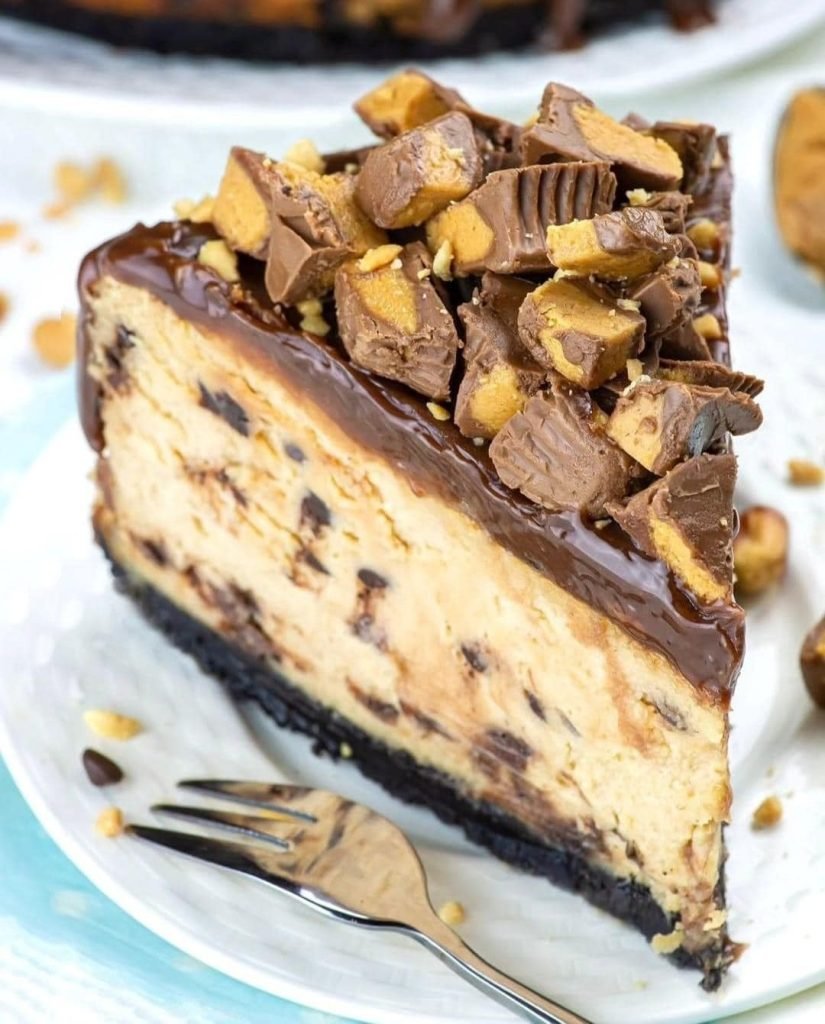
Baking a Chocolate Peanut Butter Cheesecake can be a rewarding experience, especially when you follow some essential tips to ensure your dessert turns out perfect every time. These handy pointers will help you avoid common pitfalls and get that smooth, creamy texture with rich flavor you’re aiming for.
Use Room Temperature Ingredients
One of the most important tips is to use room temperature ingredients, especially the cream cheese, eggs, and peanut butter. When ingredients are at room temperature, they blend together more smoothly, preventing lumps and ensuring an even batter. Cold ingredients can cause the batter to become lumpy or overmixed, which might affect the texture of your cheesecake.
Don’t Overmix the Batter
Mix your cheesecake batter just until everything is combined. Overmixing can incorporate too much air into the batter, which often leads to cracks or a grainy texture after baking. Use a low speed on your mixer or mix by hand gently, especially when adding eggs and melted chocolate.
Prepare Your Pan Properly
Grease your springform pan well and consider lining the bottom with parchment paper. This will make it easier to remove the cheesecake without damaging its edges or crust. Also, wrapping the outside of the pan with foil is helpful if you’re using a water bath, preventing leaks and moisture from seeping into the cheesecake.
Use a Water Bath for Even Baking
If you want to avoid cracks and ensure even baking, consider using a water bath. Place your springform pan inside a larger baking dish and add hot water halfway up the sides. This gentle steam environment helps the cheesecake cook slowly and evenly, maintaining its creamy texture.
Let the Cheesecake Cool Gradually
After baking, don’t rush the cooling process. Abrupt temperature changes can cause cracks on the surface. Leave the cheesecake in the turned-off oven with the door slightly open for about an hour. Then, allow it to cool completely at room temperature before refrigerating.
Chill the Cheesecake Thoroughly
For the best flavor and texture, chill your cheesecake for at least 4 hours, preferably overnight. This allows the flavors to meld and the cheesecake to set properly, making it easier to slice cleanly and enjoy.
Variations and Substitutions
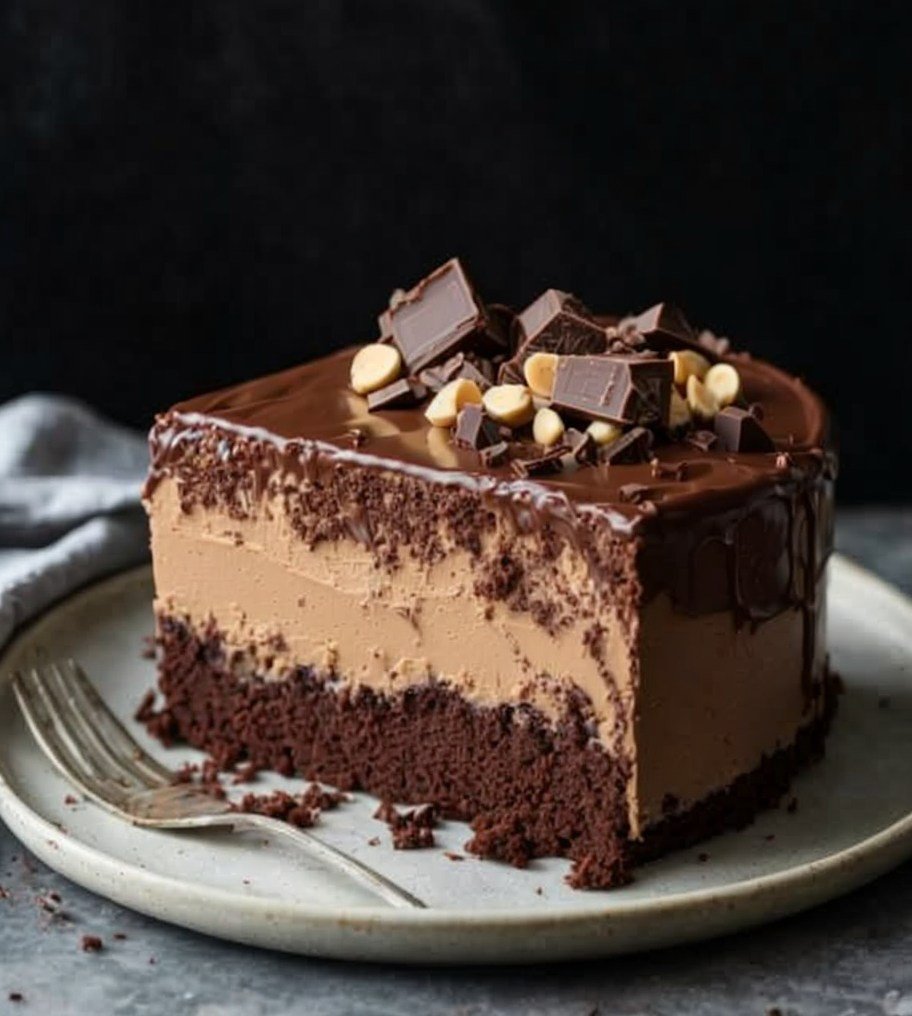
One of the great things about the Chocolate Peanut Butter Cheesecake is how versatile it can be. Whether you want to tweak the flavors, accommodate dietary needs, or simply try something new, there are plenty of variations and substitutions to make this cheesecake your own.
Substitute Peanut Butter with Other Nut Butters
If you’re not a fan of peanut butter or have allergies, you can easily swap it out for other nut butters. Almond butter, cashew butter, or sunflower seed butter all work beautifully and bring their own unique flavors to the cheesecake. Just make sure to use smooth varieties for the best texture.
Use Dairy-Free or Vegan Alternatives
To make this cheesecake dairy-free or vegan, substitute the cream cheese with plant-based cream cheese alternatives made from cashews or coconut. Replace regular butter in the crust with vegan butter or coconut oil. For the eggs, you can use flax eggs (1 tablespoon ground flaxseed mixed with 3 tablespoons water per egg) or commercial egg replacers. These swaps allow you to enjoy this indulgent dessert while sticking to your dietary preferences.
Swap the Chocolate Type
While semi-sweet or bittersweet chocolate is traditional, you can experiment with different types of chocolate for varying sweetness and intensity. Milk chocolate will make the cheesecake sweeter and creamier, while dark chocolate offers a richer, more intense flavor. White chocolate can be an interesting twist too—try blending white chocolate with peanut butter for a sweeter, buttery profile.
Add Mix-Ins or Toppings
For added texture and flavor, consider mixing in chopped peanuts, chocolate chips, or swirl in some caramel or fudge sauce before baking. After chilling, top your cheesecake with whipped cream, chopped nuts, chocolate shavings, or even a drizzle of peanut butter for a beautiful presentation and extra indulgence.
Adjust Sweetness and Flavorings
You can customize the sweetness level by adjusting the sugar in the filling or crust. For a less sweet option, reduce sugar by about ¼ cup. Enhance flavors further by adding a pinch of cinnamon, espresso powder, or a splash of bourbon or vanilla extract for a unique twist that complements the chocolate and peanut butter perfectly.
Frequently Asked Questions
What Is The Best Type Of Chocolate To Use In Chocolate Peanut Butter Cheesecake?
When making Chocolate Peanut Butter Cheesecake, choosing the right chocolate is key. Semi-sweet or bittersweet chocolate works best because it balances the sweetness of the peanut butter and cream cheese without being overly sugary. If you prefer a sweeter cheesecake, milk chocolate is a good option, but keep in mind it will add more sweetness. For a richer, more intense chocolate flavor, dark chocolate with at least 60% cocoa content is ideal. Always use good-quality chocolate for the best taste and smooth texture.
Can I Make Chocolate Peanut Butter Cheesecake Ahead Of Time?
Absolutely! Cheesecakes actually benefit from being made ahead. After baking, allow your cheesecake to cool completely, then refrigerate it for at least 4 hours or preferably overnight. This resting time helps the flavors meld together and the texture to set firmly, making slicing easier and the taste richer. Just be sure to cover the cheesecake tightly with plastic wrap or store it in an airtight container to prevent it from absorbing other fridge odors.
How Do I Prevent Cracks On My Cheesecake?
Cracks are a common concern with cheesecakes, but you can avoid them with some simple tips. First, don’t overmix your batter; mix just until combined to prevent excess air from being incorporated. Baking in a water bath helps keep the temperature even and the environment moist, reducing cracking. After baking, let your cheesecake cool gradually by leaving it in the turned-off oven with the door slightly ajar for about an hour before moving it to room temperature. This slow cooling process prevents sudden temperature changes that cause cracks.
Can I Use Natural Peanut Butter Instead Of Processed Peanut Butter?
You can use natural peanut butter, but it might affect the texture of your cheesecake slightly. Natural peanut butter tends to be oilier and less stable than processed varieties, so it can cause the filling to be a bit softer or less firm. To avoid this, stir the natural peanut butter well before measuring to ensure even consistency. If the batter feels too loose, adding a small amount of cornstarch or increasing the cream cheese slightly can help stabilize the mixture.
What Is The Best Way To Store Leftover Chocolate Peanut Butter Cheesecake?
Store leftover cheesecake in the refrigerator, tightly covered with plastic wrap or in an airtight container to keep it fresh and prevent it from absorbing other odors. Cheesecake can generally stay fresh for up to 4-5 days when stored properly. If you want to keep it longer, you can freeze it. Wrap individual slices or the whole cheesecake tightly in plastic wrap and then in aluminum foil before placing it in the freezer. Thaw it overnight in the fridge before serving.
Can I Make This Cheesecake Gluten-Free?
Yes, you can easily make Chocolate Peanut Butter Cheesecake gluten-free by swapping the graham cracker crust for gluten-free graham crackers or gluten-free cookie crumbs. Make sure the peanut butter and other ingredients you use don’t contain hidden gluten as well. This way, you’ll enjoy all the rich flavors without worrying about gluten sensitivities or allergies.
Conclusion
Chocolate Peanut Butter Cheesecake is a delightful dessert that perfectly combines the rich, creamy texture of cheesecake with the irresistible flavors of chocolate and peanut butter. Whether you’re baking it for a special occasion or simply treating yourself, this recipe offers a deliciously indulgent experience that’s sure to impress.
With simple ingredients and straightforward steps, you can easily customize it to suit your taste—whether that means swapping nut butters, adjusting sweetness, or adding your favorite toppings.
Remember to follow the tips for best results and proper storage to keep your cheesecake fresh and creamy. This decadent treat is truly a crowd-pleaser that satisfies both chocolate and peanut butter lovers alike. Enjoy every luscious bite!
